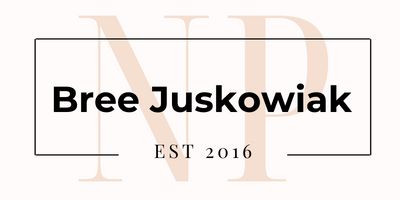What Makes For A Good Orientation
How long is long enough? When will I know I’m ready? How will I learn all this? All valid questions you should be considering when starting your NP job. Especially if this is your first job. The transition to practicing as a nurse practitioner is hugely different than that of becoming a nurse. Not only do you have all the clinical stuff to learn but even the work of learning how to structure your day, how to author notes, how to bill, what needs follow -up. So many facets of just being an NP exist, beyond the medicine piece. This is what many underestimate and these factors just do-pile onto the mountain of overwhelm many feel when becoming a nurse practitioner. So the appropriate question is what will my training be like? In this article I attempt to break down the components I feel lend itself to a good orientation process.
Clinical Pearls: Procedures Performed In An ICU
What exactly can I do as an AGACNP working in an ICU? Commonly encountered question with the answer being fairly straight forward, with a little variation. Several factors exist which effect routine practice and this includes your training, your credentials (with the hospital), the comfort level of your attending, and the culture of scope allowance at your specific workplace. I’ve worked places where I do it all, and places where I do less. I find this varies most by work team structure and culture. The more staff available, including medical trainees the fewer procedures you will likely perform. Most students are aware of the common procedures we perform (central lines, dialysis catheters, and arterial lines) but there are a whole host of procedures we could perform. In this article I’ll discuss the myriad technical skills we as nurse practitioners can learn and perform to contribute to patient care.


